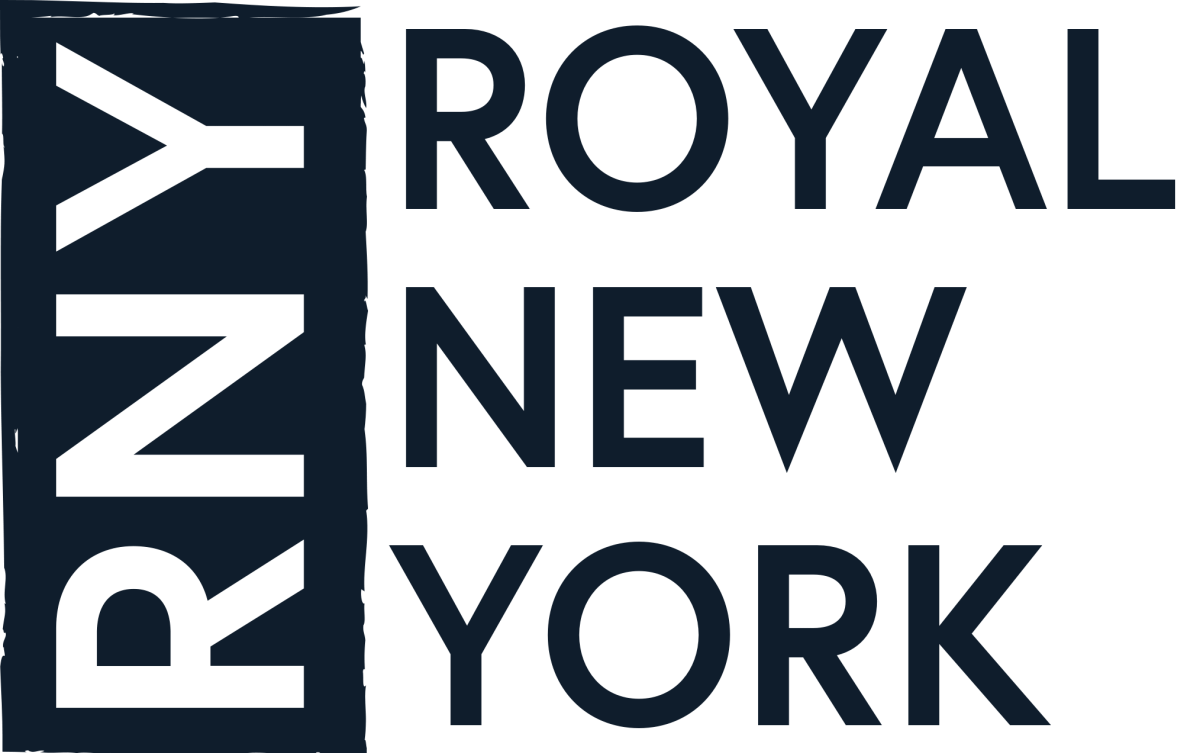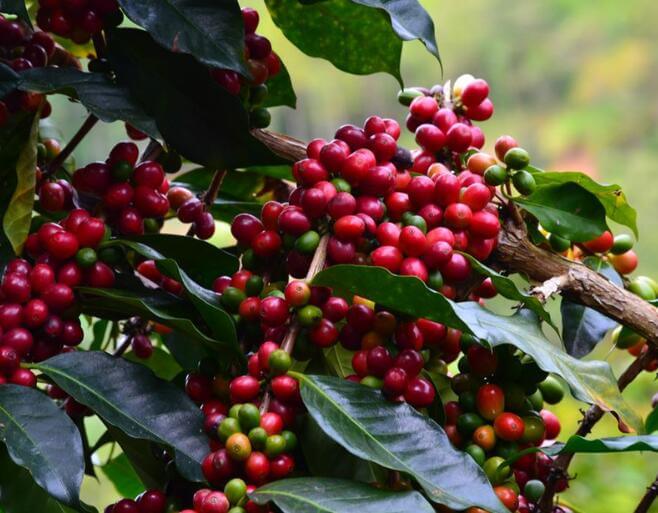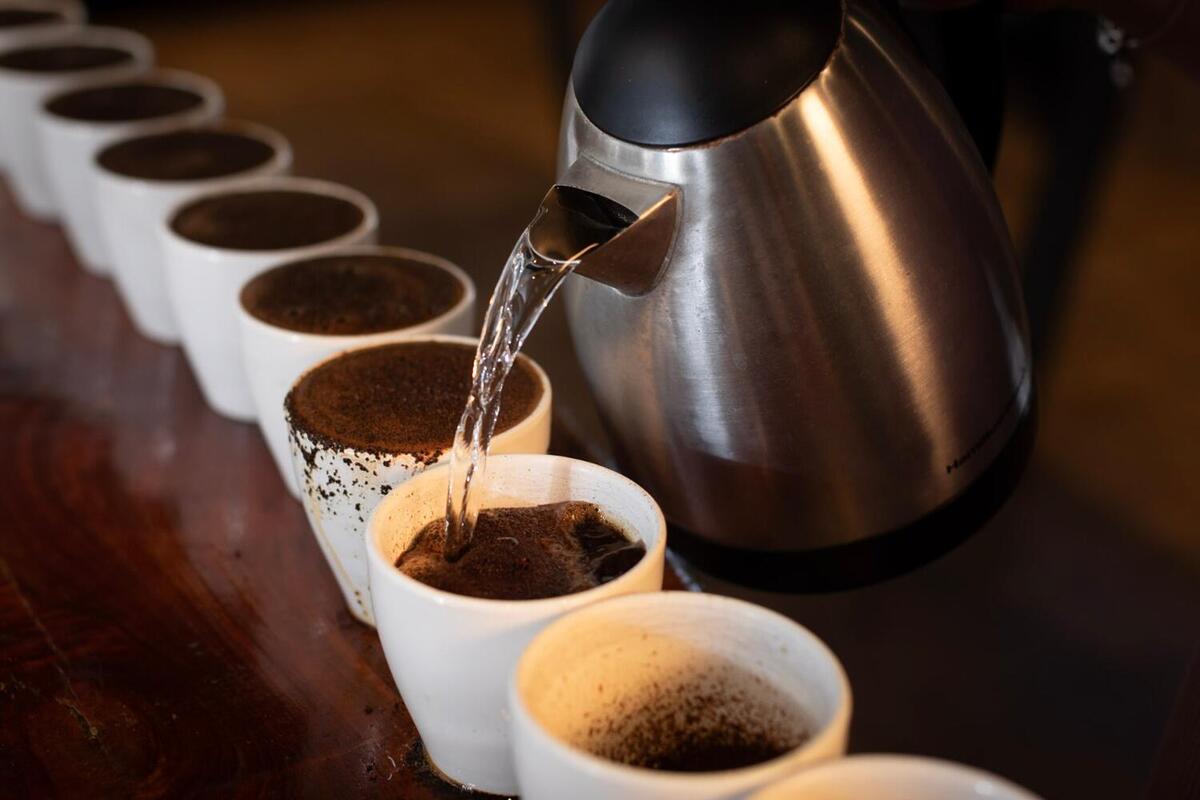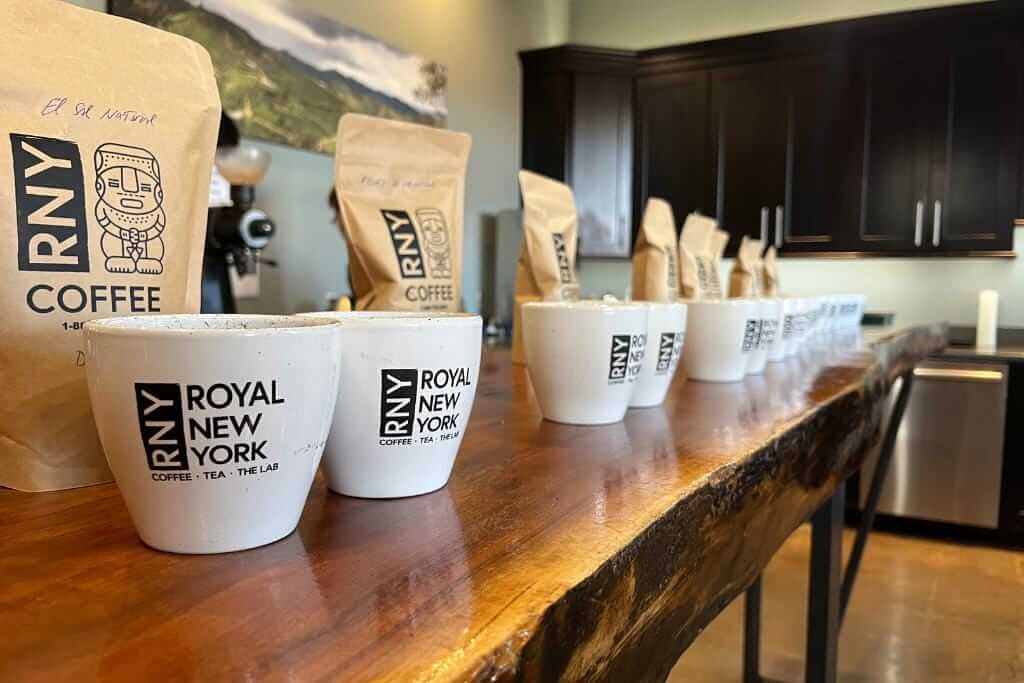Join our coffee traders on a brief history of the DR of Congo and an in depth specialty coffee analysis.
A brief history of the DR of Congo
Long troubled by conflict, the Democratic Republic of the Congo (DRC) is a relatively small specialty coffee growing origin compared to its larger-volume neighbors Ethiopia or Uganda. The Republic of the Congo initially achieved independence from Belgium in 1960. However, they plunged into civil war shortly thereafter in the Congo Crisis from 1960 to 1961. Another coup in 1971 saw the name of the country shift to Zaire, then back to the DRC in 1997. This was following the disastrous First Congo War and related Rwandan genocide. The Second Congo War lasted from 1998 to 2003, devastating the country and, by extension, the coffee trade.
The DRC is no stranger to coffee production. Back in the late 1980’s, exports peaked at 119,320 tons. Unfortunately, they but declined sharply in the following decade due to the civil wars in 1997 and 1998. After they signed a peace agreement in 2003, production was at 212,000 bags. This was up from 179,000 bags in 2002. Currently, the DRC produces approximately 335,000 bags of coffee per year, exporting about half of that in 2016. It remains a relatively small producer for the continent, though the export numbers have been rising steadily in the recent past.[1]
The DRC Geography
DRC is the second-largest country in Africa by land area (and the largest in sub-Saharan Africa). The area around Lake Kivu, one of Africa’s Great Lakes, provides a remarkably good terroir for coffee production. High altitude, relative to the lower-lying areas to the north, allows for thousands of smallholder farmers to produce coffees like this one. They process this coffee in the Butembo village on the western shores of Lake Kivu. The coop that we source this coffee from, Soprocopiv, specializes in organic specialty coffee production. They have continued to improve not only their coffee processing methods, but also local healthcare and educational services.
DRC Green Coffee Analysis
The Kivu Butembo lot is a bourbon varietal. Originally from Yemen, bourbon traveled to the island now known as La union in the early 1700’s. It only left the islands in the mid-1800’s as French missionaries traveled abroad (making its way to the Americas in the 1860’s). From there, bourbon (and its derivatives) have become one of the most common coffee varieties produced today. Bourbon is a taller than average plant that produces an average bean size and medium yield. The trees are productive at first around their fourth year and tend to ripen fairly early. Bourbon is unfortunately susceptible to issues such as coffee berry disease or coffee leaf rust.[2]
This lot is grown at over 1,500 meters above sea level, comfortably within the optimal growing range of the varietal. Freely-settled bean density comes in at 0.70 g/mL, which is slightly above average. The density measurement lines up well with other African offerings. These offerings tend to be above average, often measuring between 0.69 g/mL and 0.72 g/mL. When roasting, this higher density can cause the coffee’s development to slow down a bit before first crack. You can compensate for this by charging with a hotter drum over a lower flame setting to evenly develop the bean.
After harvest, coffees go through a de-pulping and washing process and are sun dried on patios. The coffee arrived to Royal NY with a moisture content of 10.8%. This is well within the acceptable range for such a coffee.
DR of Congo Specialty Coffee: Roast Analysis
We did two roasts of this coffee on our IKAWA Pro sample roaster. The IKAWA is great because of its ability to export precise roasting data on limited sample sizes. We only needed 50g of coffee for each roast. If you’ve got an IKAWA of your own, feel free to download the profiles (click on the graphs) to try on your own!
The first IKAWA roast was designed to bring a lengthened browning stage and post-crack development to the coffee. Since the moisture content was right around average, we left this to a normal-length drying phase with a slightly higher charge temperature.
We set up the second roast to drag out the development time a little longer in an effort to boost the body of the coffee. The browning and drying stages were just about the same as the first roast.
DR of Congo Specialty Coffee: Brewing Analysis
We brewed both of our roasts using a Hario V60 pour over. Each pour over was done at a 1:13 ratio, with 30g of coffee. Both coffees had a brew time of 3:04 using a grind of 6 on our Mahlkonig EK43.
Our first roast was defined by a pleasant, citrusy acidity and a sweet, smooth body. We found notes of candied orange in the acidic front of the coffee, with sweeter notes of cola, brown sugar, and plum in the body. The second roast was (as expected from the longer development time), a little heavier in the body, with more caramel and butterscotch notes for sweetness.
Availability
The coffee used in this coffee analysis is reference number 37575 out of our warehouse in New Jersey. Coffee from the DRC is, as you’ve read, in short supply generally. Please be aware of that if you’d like to place an order. Harvest generally takes place from August to December, with exporting happening from January through April.
[1] https://www.ico.org/prices/po-production.pdf
[2] https://varieties.worldcoffeeresearch.org/varieties/bourbon








